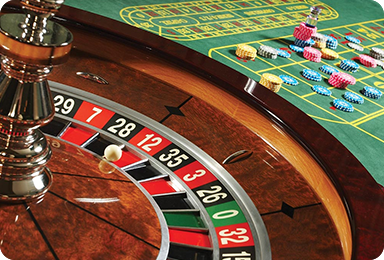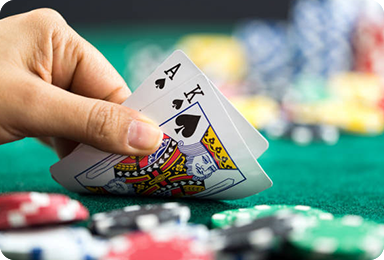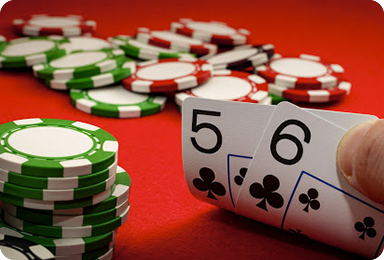About the Author

Author: Matthew Gover.
After graduating, Matthew began working as an English teacher abroad, initially in Spain and then Vietnam before finally coming back to the UK to settle. Matthew has always had a love for writing and an even bigger love for the igaming industry... Read More





